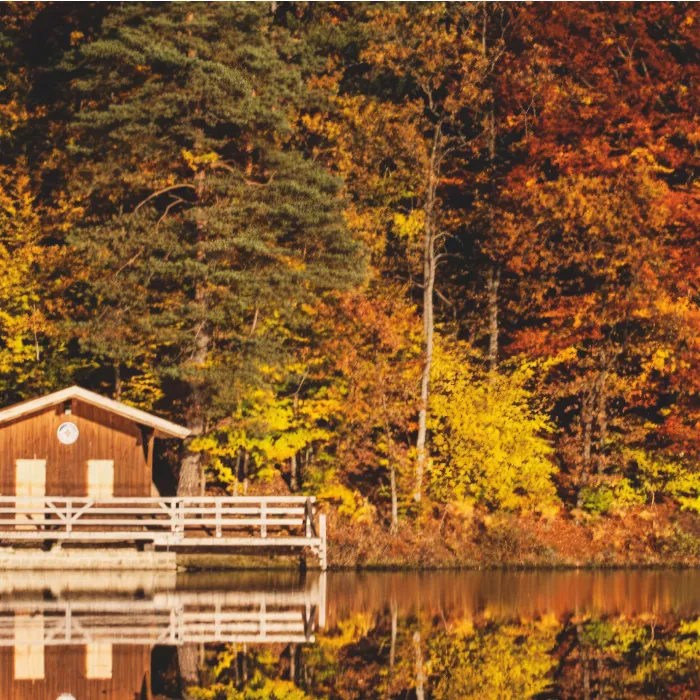Understanding the white balance is crucial for achieving accurate color reproduction in your photos. Often, the camera does not recognize the correct color temperature, resulting in images that appear in unnatural tones. In this guide, you will learn how to optimally set your camera's white balance to make the colors in your images appear realistic.
Key Insights
- The white balance significantly affects the color representation of your pictures.
- Automatic and manual white balance settings are crucial for the correct color atmosphere.
- A manual adjustment of the color temperature may be necessary under special lighting conditions.
Step-by-Step Guide to Setting the White Balance
Understanding Light Sources
A fundamental understanding of the light you are photographing is essential. When taking pictures under various light sources such as candlelight, it is important to recognize the color mood, as they often contain yellow and red tones. These warm tones should not influence the overall mood of the subject, so neutrality is required.
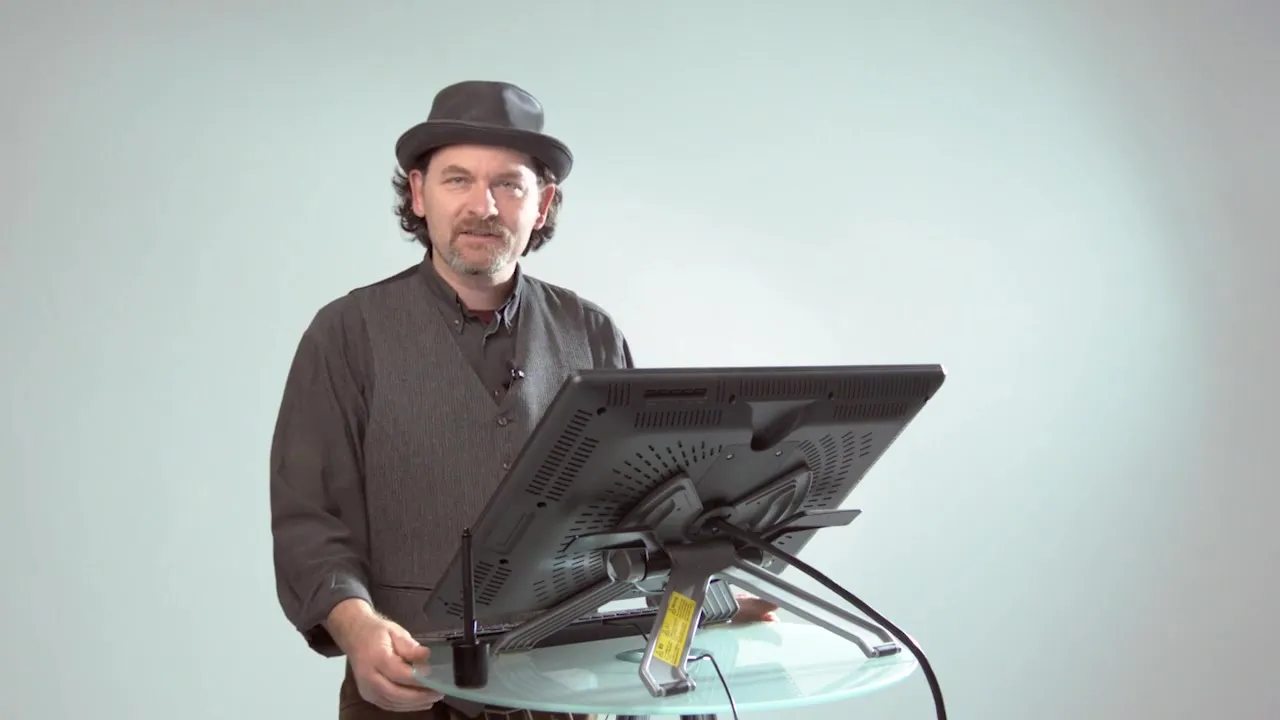
Accessing the White Balance Settings
To adjust the white balance on your camera, you need to access the corresponding button or menu. The button is often labeled "WB". If your camera does not have a physical button, you can find the settings in the camera menu.
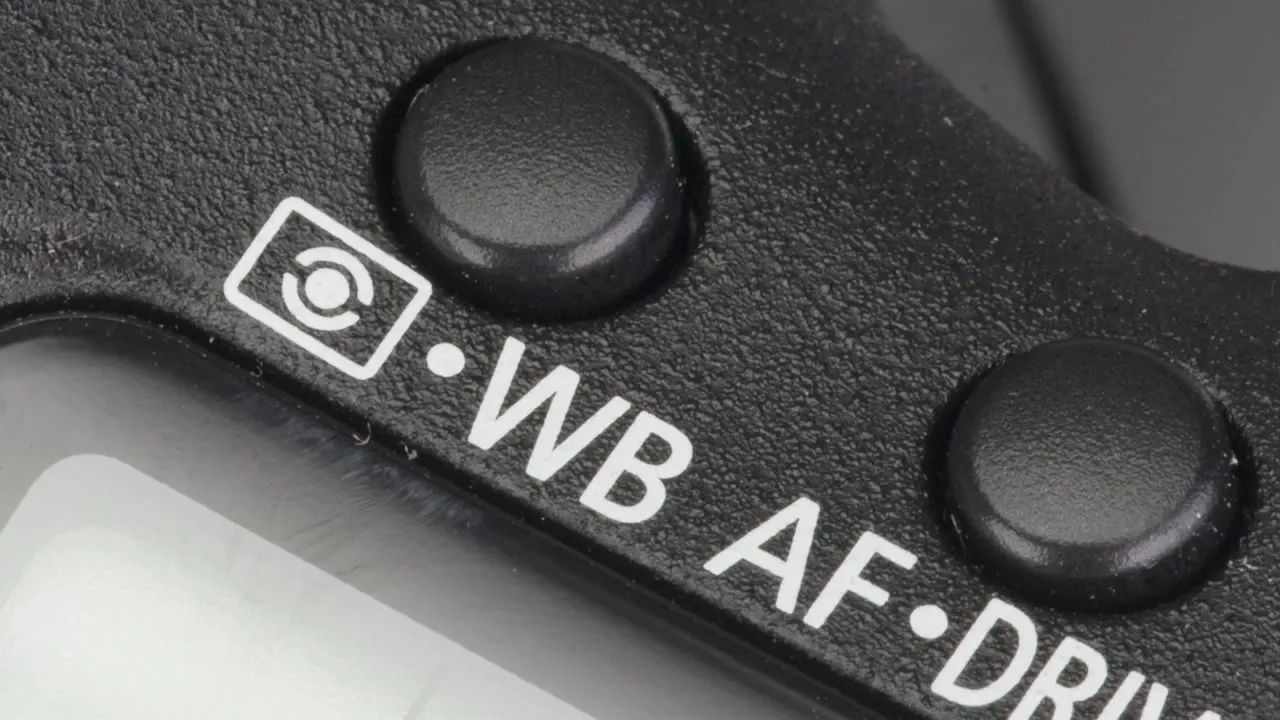
Using Automatic White Balance
The automatic white balance (AWB) is listed by most cameras under the abbreviation "AWB" and is an excellent starting point. You can use this feature to begin and then make adjustments based on the lighting conditions.
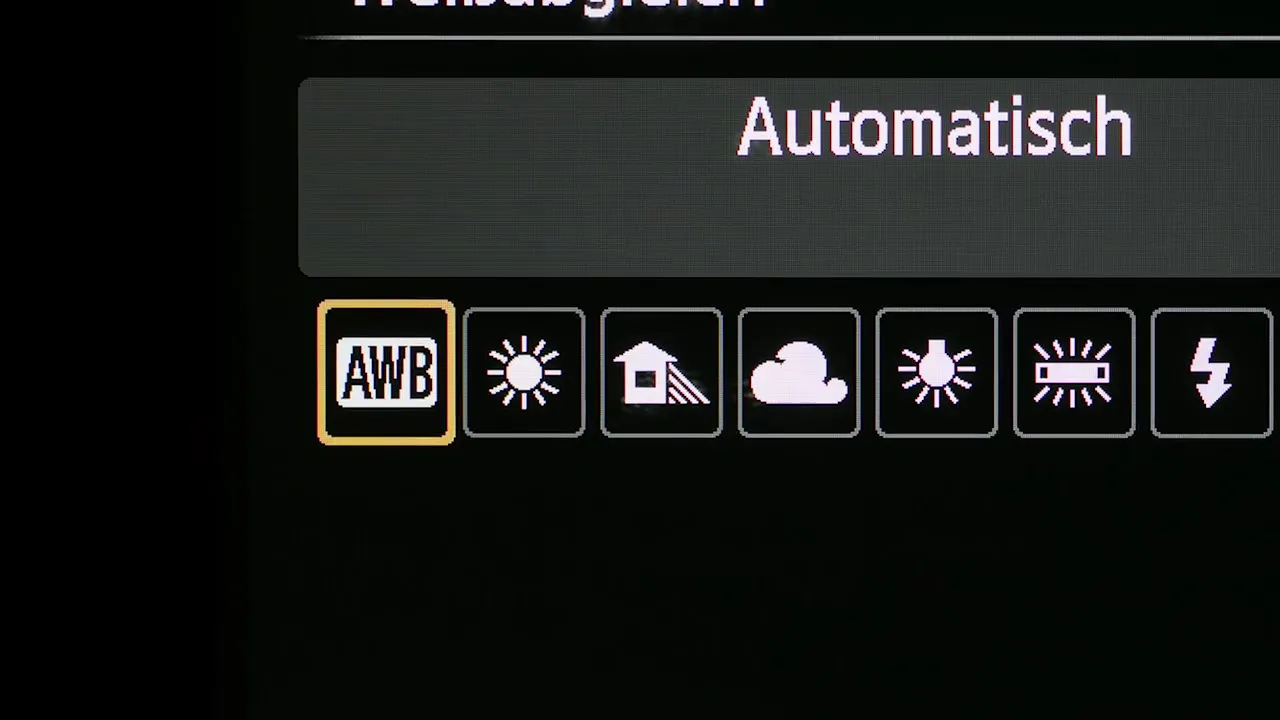
Trying White Balance Presets
Cameras often offer a range of presets for white balance that can help you capture colors more accurately in various environments. For candlelight, for example, you should try the preset for incandescent light. This setting better neutralizes the colors and ensures that the photos do not appear too "reddish".
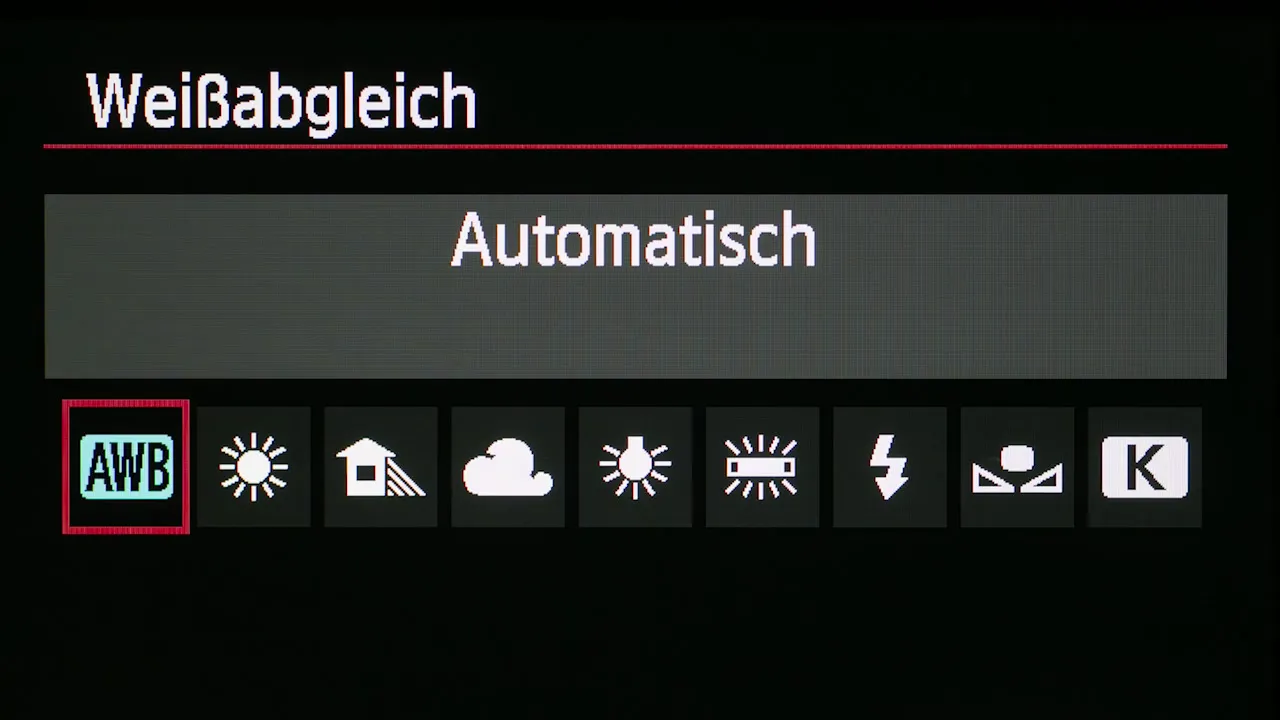
Adjusting Color Temperature
If the presets do not yield the desired result, you can manually set a color temperature. If your camera allows it, set the temperature to about 3500 Kelvin for candlelight. This can help mitigate the appearance of warm tones and give your images more neutrality.
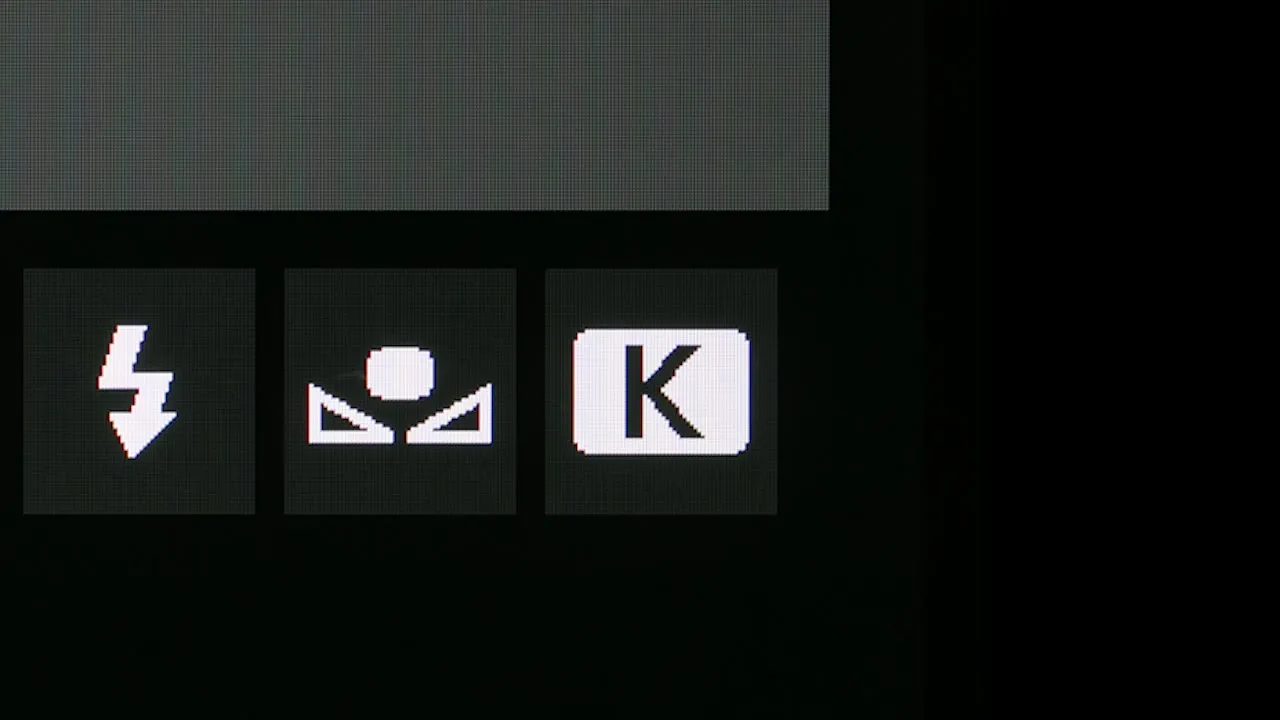
Taking Test Shots and Fine-tuning Color Temperature
Take a test shot after adjusting the color temperature. Make sure to vary the setting to find the best result if the image does not meet your expectations.
Using Other Presets
In addition to incandescent and shade, there are many other presets that you should utilize, including daylight and fluorescent light. These presets help optimize images under different lighting conditions.
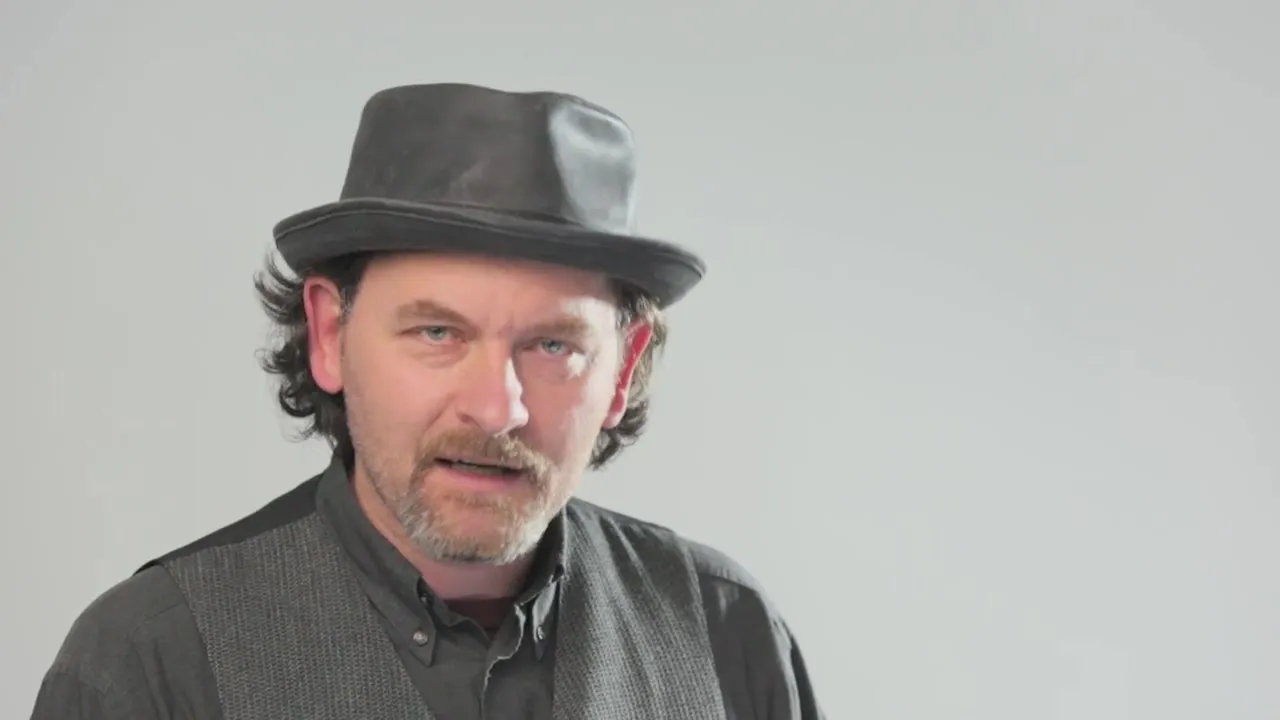
Manual Adjustments as a Last Resort
If you have tried the presets and the colors still do not meet your expectations, you should consult your camera's manual for the manual white balance. Creating a manual white balance requires a gray card or color reference chart, but it can be a bit more complicated.
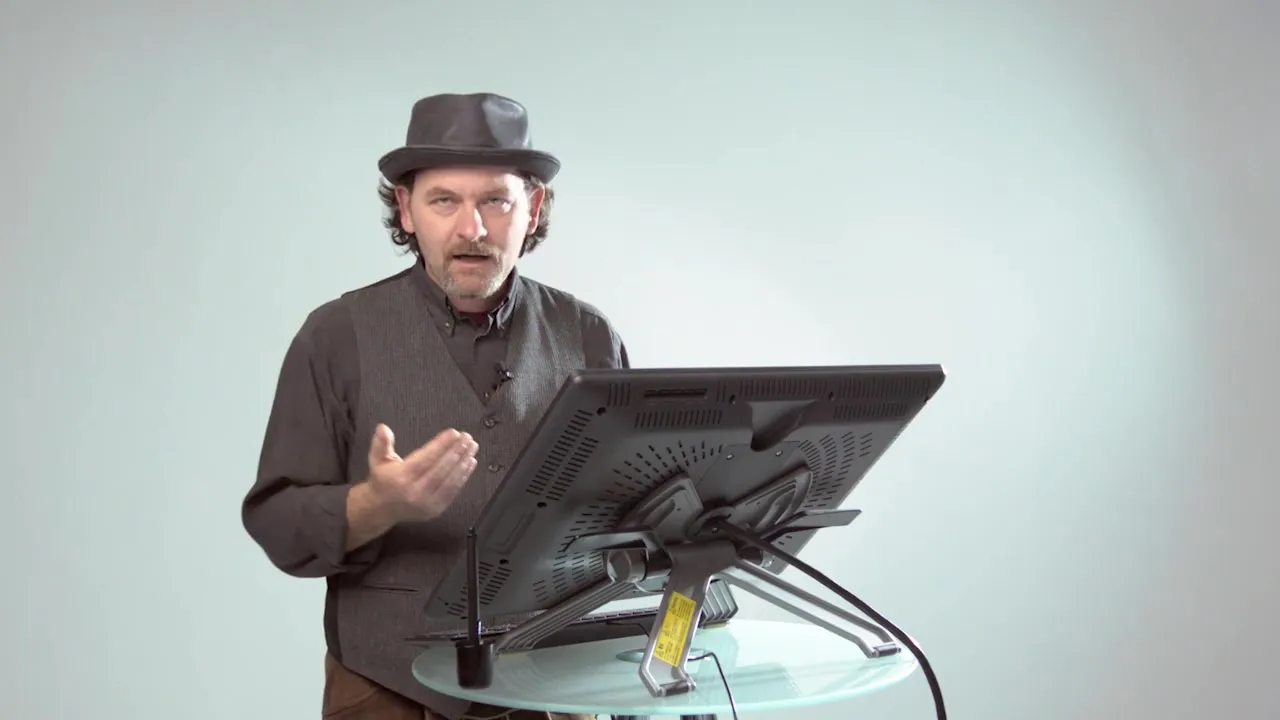
Practical Tips for Manual White Balance
If you decide to try the manual white balance, follow the instructions in your camera's manual. It is not rocket science, but it requires more technical knowledge than experimenting with presets.
Summary – Setting Your Camera's White Balance Correctly
By understanding the different light sources and using automatic and manual white balance settings, you can significantly improve the coloring of your photos. Experiment with various presets and adjusting the color temperature to achieve the desired results.
Frequently Asked Questions
What is white balance?White balance is a camera setting that ensures that colors in an image are realistically represented, depending on the light source.
How can I manually set the white balance?The manual white balance can be set via the camera settings using a gray card or color reference charts.
What are white balance presets?White balance presets are predefined settings for different lighting conditions that optimize color representation in photos.
What color temperature should I use for candlelight?For candlelight, a temperature of about 3500 Kelvin is recommended to neutralize the warm tones.
Does image quality suffer under automatic white balance?Automatic white balance works well in most cases, but it can lead to inaccurate color representation in special lighting situations.
